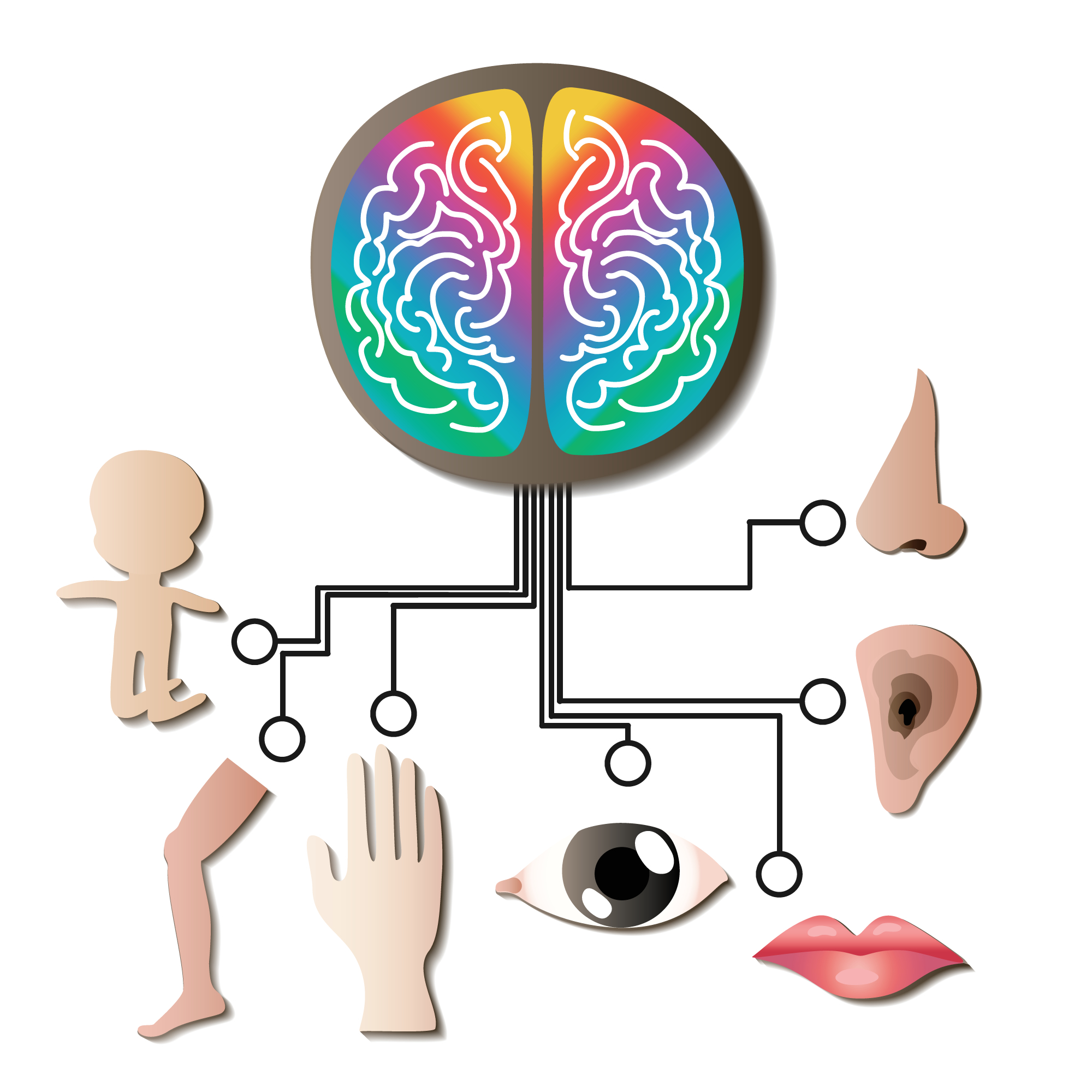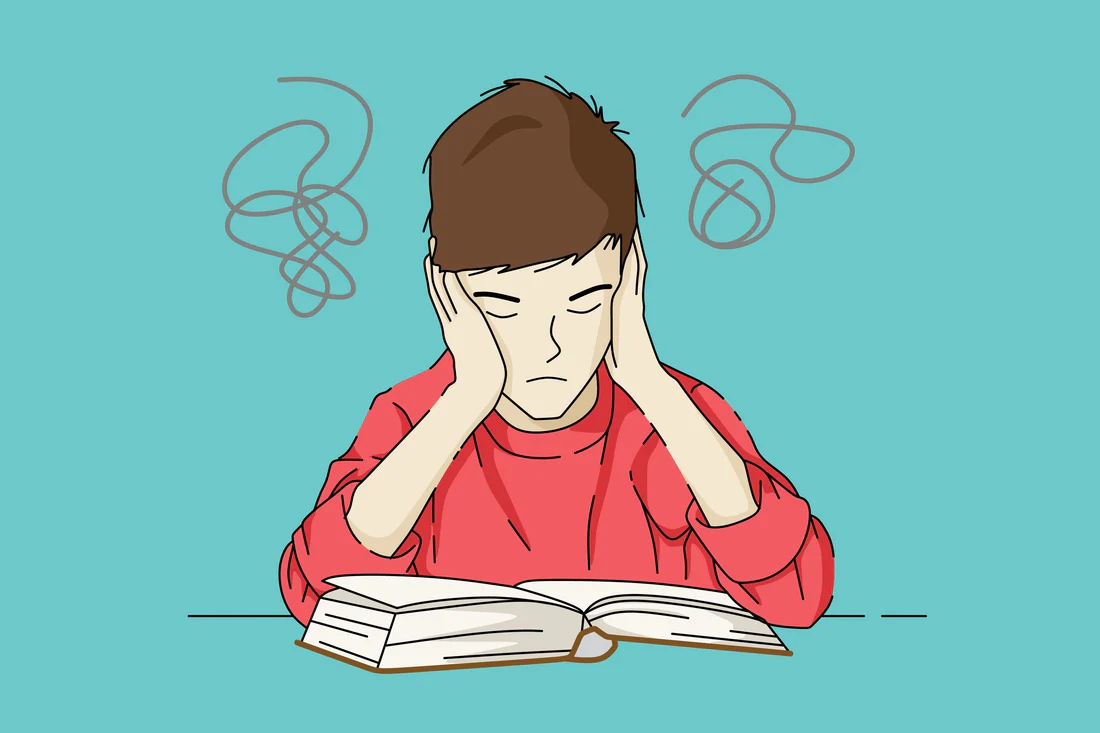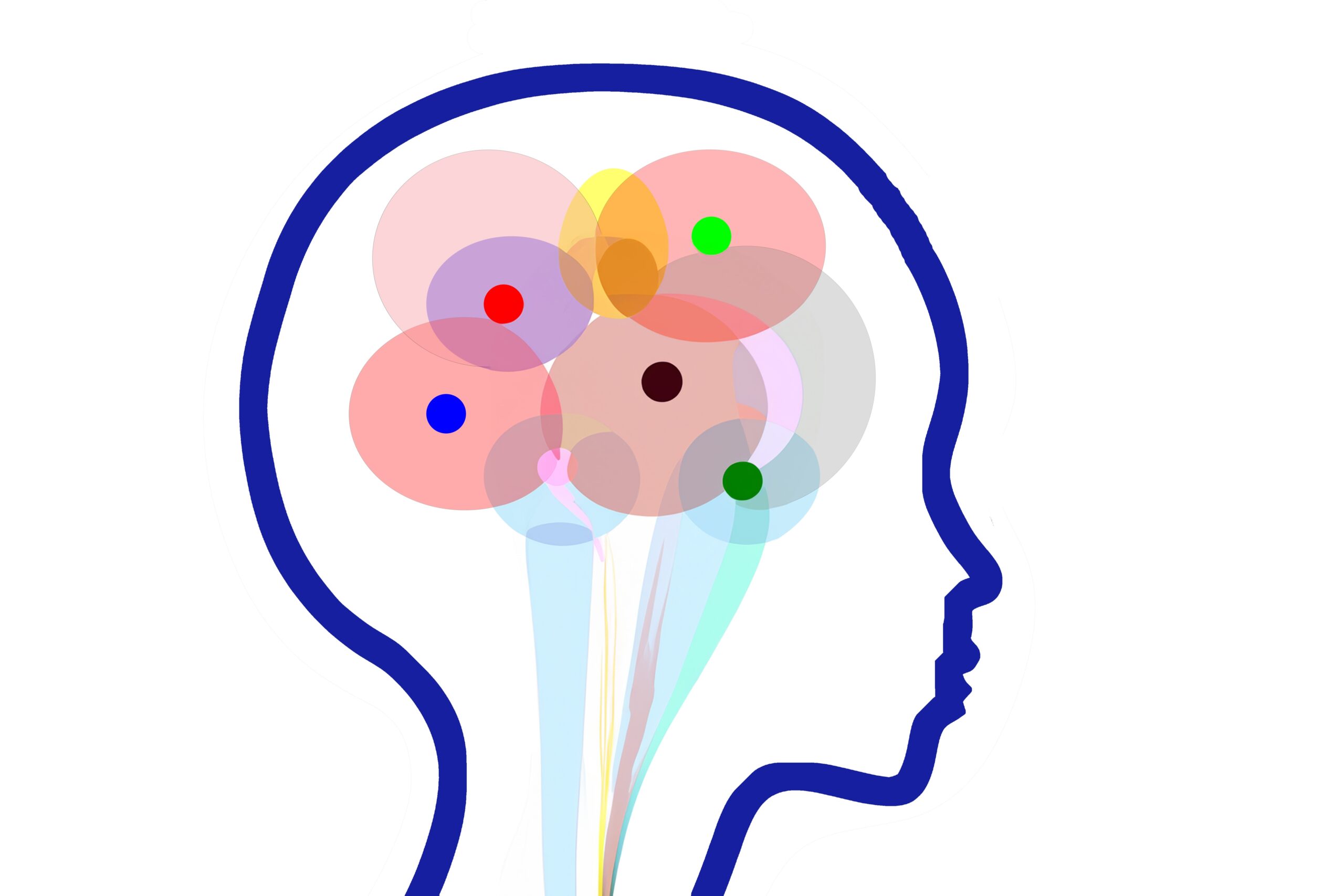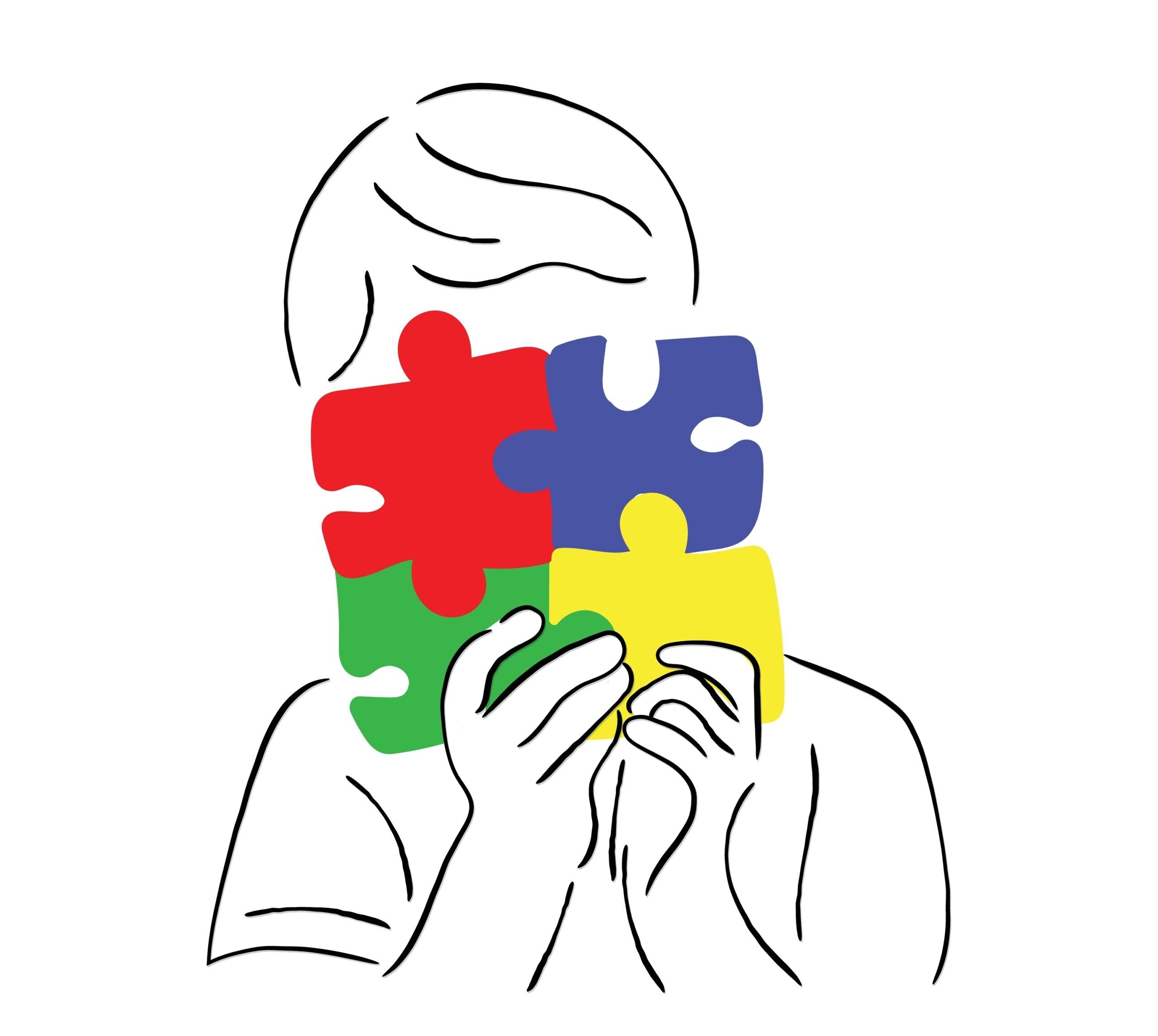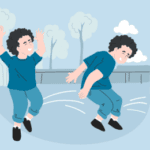SPD Resource Center
A Complete Guide to SPD Symptoms, Causes, Diagnosis & Treatment
- Signs and Symptoms of Sensory Processing Disorder in Children
- Sensory Processing Disorder in Teens: Signs, Symptoms, Diagnosis & Treatment
- Sensory Processing Disorder (SPD) in Adults: Signs, Diagnosis, Treatment & Coping Strategies
- Types of Sensory Processing Disorder (SPD): Symptoms, Characteristics & Treatment
- Sensory Processing Disorder Treatment Options & Best Therapies for SPD in Children and Adults
- Living with Sensory Processing Disorder: Daily Tips, Support Strategies, and Family Guidance
- Vestibular and Proprioceptive Processing in Sensory Processing Disorder (SPD)
- Causes and Risk Factors of Sensory Processing Disorder (SPD): What Science Knows
- How Is Sensory Processing Disorder Diagnosed? Tests, Signs, and Evaluation Tools
- Stimming Behaviors in Sensory Processing Disorder: What They Are and Why They Matter
- Sensory Processing Disorder and Learning: How Sensory Challenges Affect Education
- Sensory Diet Strategies for Kids: Effective Tools for Sensory Regulation
- Sensory Integration Disorder and Sensory Integration Therapy
- Sensory Discrimination Disorder
- Sensory Modulation Disorder: Symptoms, Subtypes, and Treatment Strategies
- Sensory Over-Responsivity (SOR): Signs, Causes, and How to Help Kids and Adults Cope
- Sensory Under-Responsivity: Signs, Causes, and Support for Children and Adults
- Sensory-Based Motor Disorder: Signs, Symptoms, and Effective Treatments for Children and Adults
- Visual Processing Disorder: Signs, Symptoms & How to Support Visual Learning Challenges
- Auditory Processing Disorder (APD): Symptoms, Diagnosis & Treatment for Children and Adults
- Sensory Seeking/Craving: Understanding, Identifying, and Supporting Sensory Seekers
- Dyspraxia (Developmental Coordination Disorder): Understanding SBMD and Its Impact
- Postural Disorder: Causes, Symptoms & Treatment | Sensory-Based Motor Disorder Guide
1 of 7 / Overview
What is Sensory Processing Disorder?
Sensory Processing Disorder is a neurological condition where the brain has difficulty receiving, organizing, or responding to sensory information correctly. This includes input from the five senses—sight, sound, touch, taste, and smell—as well as movement (vestibular), body awareness (proprioception), and internal cues (interoception).
People with SPD may overreact (hypersensitive) or underreact (hyposensitive) to stimuli such as loud noises, textures, lights, or motion. This can affect daily life, behavior, learning, social skills, and emotional regulation.
How common is Sensory Processing Disorder?
SPD affects an estimated 5-16% of children, though it can occur at any age. It’s often found alongside other conditions like autism spectrum disorder or ADHD but can also appear independently.
What causes Sensory Processing Disorder?
The exact cause of SPD isn’t fully understood. It may result from differences in brain development or neurological function. Genetics, prenatal factors, or early childhood trauma may contribute.
Can adults have Sensory Processing Disorder?
Yes, SPD can affect adults, though it’s more commonly diagnosed in children. Many adults learn coping strategies or remain undiagnosed despite ongoing sensory challenges.

2 of 7 / Signs & Symptoms

What are the common signs of Sensory Processing Disorder in children?
Signs of SPD vary, but they typically include sensory avoidance or seeking behaviors.
In children and adults, symptoms may include:
- Aversion to certain clothing textures, sounds, or foods
- Overwhelmed by lights, crowds, or transitions
- Constantly seeking movement (jumping, spinning, crashing)
- Poor coordination or clumsiness
- Trouble with focus and emotional regulation
- Difficulty sleeping or calming down
These symptoms often show up in early childhood, but many individuals remain undiagnosed into adolescence or adulthood.
How do sensory sensitivities affect daily life?
Sensory sensitivities can make everyday activities challenging, such as getting dressed, eating certain foods, or tolerating busy environments. This can lead to anxiety or social withdrawal.
Are there different types of sensory symptoms in SPD?
Yes, SPD symptoms fall into categories such as sensory modulation disorder (over- or under-reactivity), sensory discrimination disorder (difficulty distinguishing sensory info), and sensory-based motor disorder (affecting movement and coordination).
Can SPD affect behavior or emotions?
Absolutely. Children with SPD may have meltdowns, anxiety, or difficulty focusing due to overwhelming sensory input. Emotional regulation can be challenging without proper support.
3 of 7 / Causes & Risks
What factors increase the risk of developing Sensory Processing Disorder?
Premature birth, low birth weight, genetic conditions, and neurological disorders increase the risk of SPD. Environmental factors like early trauma may also play a role.
Is SPD hereditary?
There is evidence that sensory processing issues can run in families, suggesting a genetic component, though more research is needed.
What Causes Sensory Processing Disorder?
The exact cause of SPD is not fully understood, but research suggests a combination of neurological, genetic, and environmental factors may be involved.
Contributing factors may include:
- Genetics: SPD may run in families
- Premature birth or complications during pregnancy
- Prenatal exposure to toxins or drugs
- Developmental conditions such as autism or ADHD
- Sensory deprivation or trauma in early childhood
SPD often coexists with other neurodevelopmental disorders, though it can also occur independently.
How is SPD linked to autism and other developmental disorders?
Many children with autism also have SPD symptoms, but SPD can occur independently. Sensory challenges are part of autism’s diagnostic criteria, which complicates the relationship.

4 of 7 / Diagnosis & tests

How is Sensory Processing Disorder diagnosed?
Sensory Processing Disorder is not currently listed as a standalone diagnosis in the DSM-5, but it can be evaluated and treated by occupational therapists trained in sensory integration.
Diagnostic process includes:
- Parent and caregiver interviews
- Observations in multiple environments
- Use of standardized tools like the Sensory Profile or Sensory Processing Measure (SPM)
- Functional assessments of coordination, body awareness, and reaction to stimuli
Early diagnosis is key to successful intervention.
Are there specific tests for SPD?
While no medical test confirms SPD, tools like the Sensory Profile or Sensory Processing Measure help evaluate sensory behaviors and identify areas of difficulty.
Who can diagnose SPD?
Occupational therapists specializing in sensory integration are the primary professionals who assess and diagnose SPD, often working alongside pediatricians or neurologists.
Can SPD be misdiagnosed as something else?
Yes, SPD symptoms overlap with ADHD, anxiety, or autism, so careful evaluation is necessary to ensure accurate diagnosis.
5 of 7 / Care & treatment
What are the main treatment options for Sensory Processing Disorder?
The most effective treatment for SPD is occupational therapy (OT) using a sensory integration (SI) approach.
Key treatment strategies include:
- Sensory integration therapy in a clinic or at home
- A customized sensory diet with daily activities that regulate input
- Use of sensory tools (weighted vests, swings, fidgets, etc.)
- School accommodations and IEP support
- Parent education and training
Therapy helps the brain build better connections to improve processing and regulation.
Are sensory diets helpful for SPD?
Yes, sensory diets are customized activity plans designed by therapists to help regulate sensory input throughout the day and improve functioning.
Can medications treat Sensory Processing Disorder?
There are no medications specifically for SPD, but associated symptoms like anxiety or ADHD may be managed with medication under medical supervision.
How can parents support a child with SPD at home?
Parents can create sensory-friendly environments, use calming tools (like weighted blankets), follow therapist recommendations, and maintain consistent routines.

6 of 7 / Living With

What challenges do people with SPD face in school?
Children with SPD may struggle with noisy classrooms, crowded hallways, or tactile sensitivities that affect participation and learning. Accommodations like sensory breaks can help.
How can adults with SPD manage sensory overload at work?
Strategies include using noise-canceling headphones, taking regular breaks, adjusting lighting, and communicating sensory needs to employers.
Are there support groups for families dealing with SPD?
Yes, many communities and online forums offer support groups where families can share experiences, resources, and coping strategies.
Can therapy help improve quality of life for people with SPD?
Absolutely. With ongoing support and therapies, individuals with SPD can better manage sensory challenges and thrive at home, school, and work.
7 of 7 / related reading

Find a Therapist
Find the physical therapist, occupational therapist, or speech language pathologist you’re looking for!
Ask Us Anything
Whether you are looking for advice, have a general question about sensory processing, or looking for resources.
Submit Your Story
Share your story about your child. Let’s celebrate milestones and learn more about challenges.






































